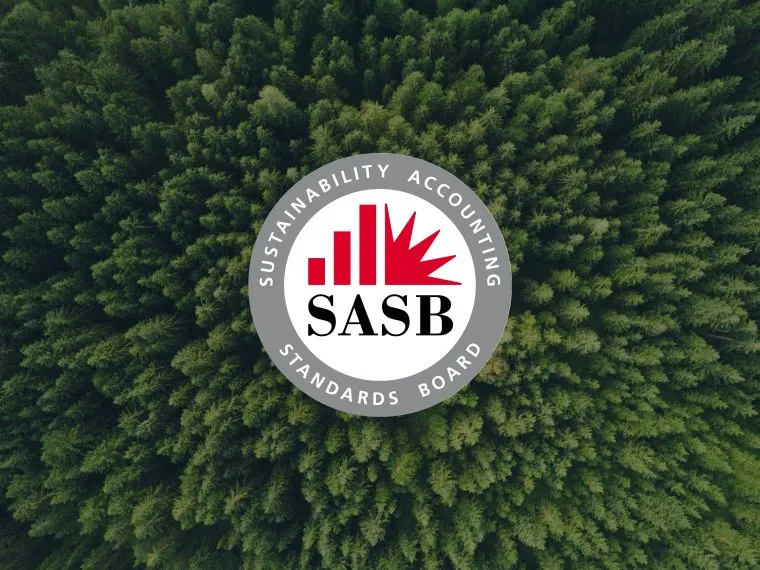
As the global economy move towards sustainability, businesses and investors become more eco-conscious, creating a high demand for implementing environmental, social and governance (ESG) measures. There is a need for these investors to analyze how companies of various industrial sectors are managing their sustainability related risks and opportunities. This is where SASB standards comes into action.
What is SASB Standards?
Sustainability Accounting Standards Board (SASB) standards provide industry-based disclosure about sustainability related risks, that might vary with industry, which might affect a company’s cash flow and cost of capital. SASB standards is being widely accepted, and is used by over 2700 companies across 70 countries. With specific standards available for 77 industries, SASB has helped businesses develop a common platform to analyze the financial impacts of sustainability. SASB Standards has grouped sustainability topics into five ‘sustainability dimensions’, being (i) Environment, (ii) Human capital, (iii) Social capital, (iv) Business model & Innovation, and (v) Leadership & Governance, to help companies categorize their key issues and work on them. The standards were developed by going through a diligent and transparent standard-setting process that involves:
SASB Standard-setting Process
The SASB Standard-setting process is an organized and transparent method used to develop and update sustainability disclosure standards for different industries. It involves three steps:
The process is carried out by technical staff who conduct research, monitor trends, and interact with companies and investors. It ensures the standards remain relevant, evidence-based, and helpful for decision-making.
How CeroED makes it better
ARRO, by CeroED, helps companies to easily attain their vision in sustainability through incorporating SASB and other ESG frameworks. SASB, makes it easier for companies and investors to set their industry-specific goals and track it through CeroED. Some features of ARRO are:
Want to know how ARRO operates?
Email us at info@ceroed.com
Visit www.ceroed.com
#SASB #ESG #CeroED #ARRO #Sustainability
